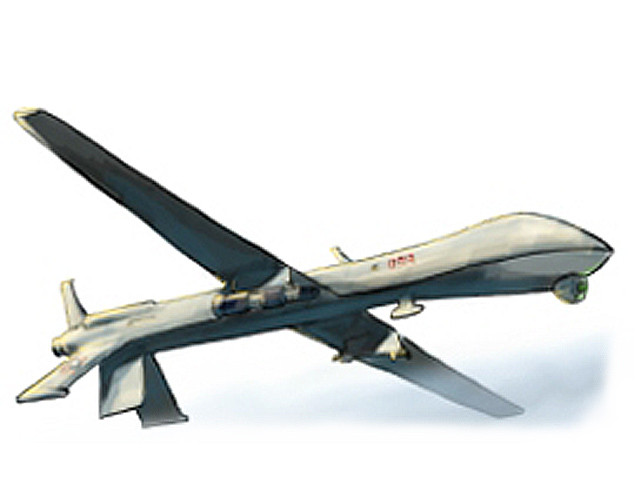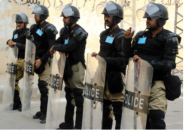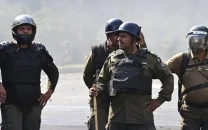Drone strikes resume amid US-Pakistan strains
Apparent lull in attacks since the November incident represented no major change in US policy governing drone use.

In the first such attack since November 17, at least four militants were killed by missiles fired from an unmanned US drone at a house on the outskirts of Miranshah in the tribal region of North Waziristan, Pakistani security and intelligence officials said.
Tense US and Pakistani relations worsened after a November 26 incident in which 24 Pakistani troops manning remote border posts were accidentally killed in a misdirected air strike by coalition forces based in Afghanistan.
Current and former US government officials familiar with the drone program said the apparent lull in attacks since the November incident represented no major change in US policy governing drone use.
US officials insisted there was no formal decision to suspend drone attacks after the wayward November 26 attack. Officials said that while the operating practices of the drone program had evolved over time, the timing of attacks was based on the availability of adequate targeting intelligence and the suitability of flying conditions and did not depend on the ups and downs of the US-Pakistan relationship.
But one former US official who has advised President Barack Obama on policy in the region did not discount the possibility the most recent lull in drone attacks might have been calculated, at least in part, to “cool tempers” in Pakistan following the November incident.
Officials and experts in Washington said the militants targeted in Wednesday’s air strike were believed to be “foreign fighters” of Arab and possibly also Uzbek extraction.
None of the militants killed fit the description of “high-value” targets, US sources said, meaning they were not believed to be leaders of al Qaeda, the Taliban or related militant groups.
The CIA has run the US government’s drone program in Pakistan as a clandestine operation whose existence US and Pakistani authorities officially deny. When the program started during President George W Bush’s administration, lethal drone strikes were limited initially to “high-value militant” targets and occurred very infrequently.
In the summer of 2008, Bush secretly authorized a change that significantly expanded possible targets for lethal drone attacks. Under the new rules, the CIA, if it had appropriate intelligence, was authorized to fire on encampments of “foreign fighters” as well as “high-value” targets.
Following the rule change, drone strikes in Pakistan’s tribal areas became more frequent in the last few months of Bush’s presidency. By most accounts, until US relations with Pakistan began to deteriorate sharply toward the end of 2010, Obama’s administration further stepped up the rate of drone strikes.
Advance notice unlikely
Current and former US and Pakistani government officials and advisers said it was extremely unlikely the United States gave Pakistani authorities advance notice of Wednesday’s drone strike, although Pakistan may have been notified either at the time of, or shortly after, the attack.
The former Obama adviser said that in every case he knew of before 2007 where the United States gave Pakistan notice of a drone strike, targeted militants fled the target location before the drones hit.
As a consequence, the former official said, Washington stopped giving Islamabad warning of drone strikes, although intelligence officials from the two countries sometimes shared intelligence on possible drone strike targets. The former official said there was no reason to believe such collaboration occurred in preparing the latest drone attack.
Current and former US officials said that in the wake of the November attack, the United States was forced by Pakistani authorities to evacuate an airstrip in Pakistan it used previously to stage drone operations. Some officials said the CIA was well-placed to continue drone operations unfettered from other bases - principally believed to be in Afghanistan.
But a former US official said the Pakistan airstrip did provide the United States with backup capability, particularly for operations during the bad weather season beginning in mountainous Afghanistan.
Current and former US officials said many US counterterrorism experts inside the government believed drone strikes must continue at a fairly regular pace if the United States is to keep al Qaeda and other Pakistan-based militants off balance and prevent them from rebuilding their strength.


















COMMENTS
Comments are moderated and generally will be posted if they are on-topic and not abusive.
For more information, please see our Comments FAQ